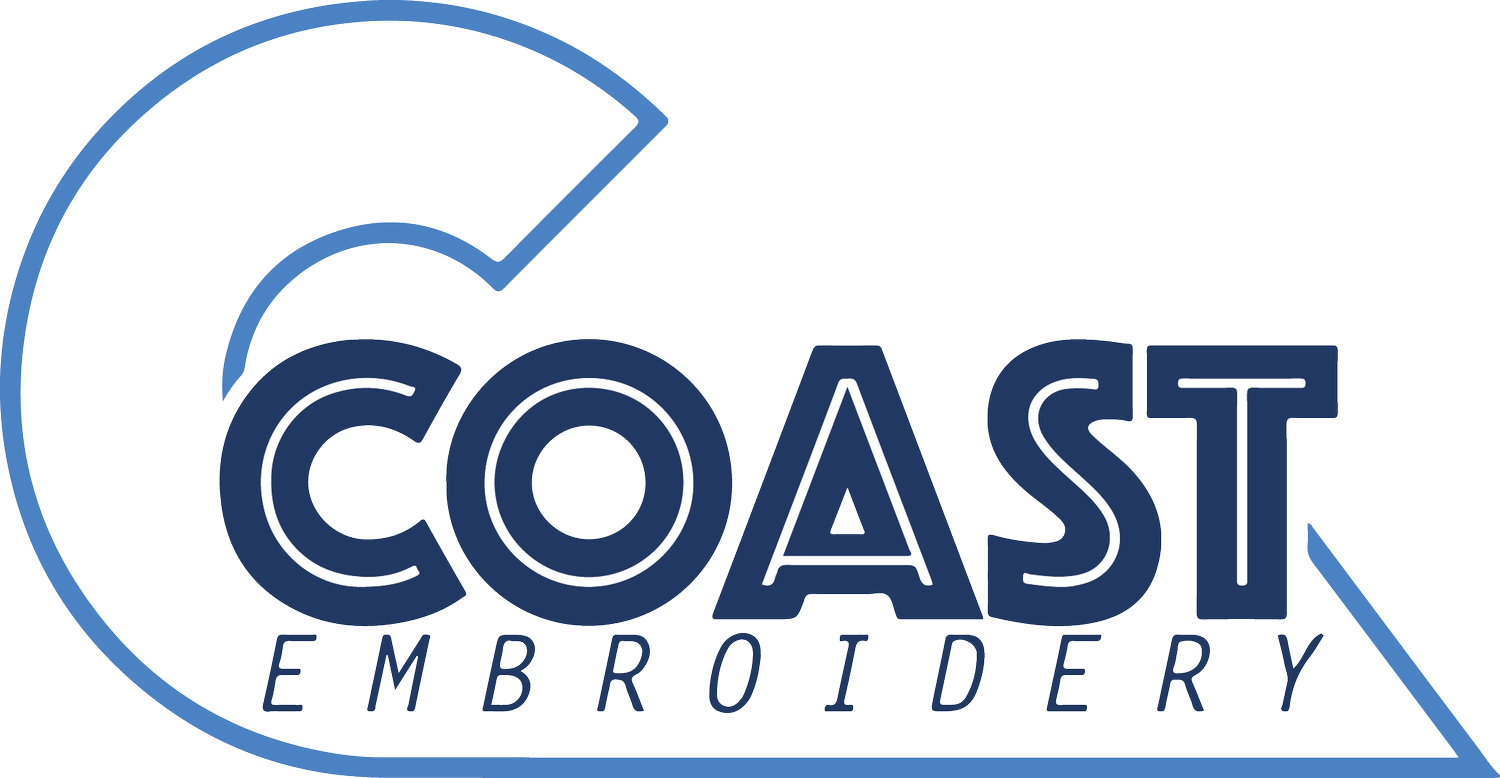Unlocking the Perfect Print: A Comprehensive Guide to Choosing Printing Techniques for Your Apparel
In the realm of custom apparel, selecting the right printing technique is paramount. It's not just about making your designs come to life; it's about ensuring they stand the test of time in terms of quality, durability, and aesthetics. With an array of printing methods available, each with its own strengths and considerations, it's essential to have a solid understanding of the options at your disposal. Fear not! In this comprehensive guide, we'll navigate through the complexities of printing techniques, equipping you with the knowledge needed to make informed decisions for your apparel projects.
Introduction to Printing Techniques:
Screen Printing: Screen printing is a versatile and widely-used method known for its vibrant colors and long-lasting results. In this technique, designs are transferred onto screens, each representing a different color in the final design. Ink is then pushed through the screens onto the garment, layer by layer, resulting in a durable and high-quality print.
Direct-to-Garment (DTG) Printing: DTG printing offers a digital alternative to traditional screen printing. This method involves printing designs directly onto garments using specialized inkjet technology. DTG printers can achieve intricate details and vibrant colors, making them ideal for small batch orders and designs with complex artwork or gradients.
Heat Transfer: Heat transfer involves printing designs onto a special transfer paper and then applying heat and pressure to transfer the design onto the garment. This method is popular for its versatility and ability to produce full-color prints with intricate details. However, durability can vary depending on the quality of the transfer paper and application process.
Embroidery: Embroidery is a classic and timeless technique that involves stitching designs onto fabric using specialized embroidery machines. This method adds texture and dimension to designs, making it ideal for logos, monograms, and intricate patterns. Embroidery offers exceptional durability and a premium look and feel, making it a popular choice for corporate apparel and uniforms.
Comparison and Considerations:
Print Quality: Screen printing and DTG printing are known for their excellent print quality, with vibrant colors and sharp details. Heat transfer can also produce high-quality prints, but durability may vary. Embroidery offers a unique textured finish that adds a premium touch to garments.
Color Vibrancy: Screen printing and DTG printing excel in producing vibrant and accurate colors, while heat transfer can sometimes result in color variations. Embroidery offers a wide range of thread colors, allowing for precise color matching.
Durability: Screen printing and embroidery are renowned for their durability, with designs that can withstand repeated washings and wear. DTG printing can also offer good durability, but it may not be as resilient as screen printing for certain applications.
Cost-Effectiveness: Screen printing is often the most cost-effective option for large batch orders due to its efficiency in printing multiple garments simultaneously. DTG printing is more suitable for smaller orders or designs with multiple colors and gradients. Heat transfer and embroidery may be more expensive per unit but offer premium quality and customization options.
Tips for Optimization:
Design Considerations: When designing for screen printing or DTG printing, consider factors such as color separations, artwork resolution, and print size. For heat transfer, ensure your design is compatible with the transfer paper and application process. For embroidery, simplify complex designs to ensure clarity and legibility. If you need any help with your designs, let us know and we can assist with the files we will need.
File Preparation: Provide high-resolution artwork files in the appropriate format for your chosen printing method. Vector files are preferred for screen printing and embroidery, while raster files are suitable for DTG printing and heat transfer.
Color Management: Use Pantone colors or color swatches to ensure accurate color reproduction across different printing methods. Communicate color preferences clearly to us to achieve desired results. We have options you can choose from during the process if you are unsure of this.
Test Prints: Before proceeding with large orders, we provide test prints and mock-ups to evaluate print quality, color accuracy, and durability. This allows you to make adjustments as needed to achieve the desired outcome.
By understanding the strengths, limitations, and applications of different printing techniques, you can make informed decisions that align with your design vision, budgetary constraints, and business objectives. Whether you opt for the vibrancy of screen printing, the versatility of DTG printing, the texture of embroidery, or the precision of heat transfer, there's a printing technique perfectly suited to bring your creative visions to life.
Stay tuned for more insights, tips, and inspiration to elevate your custom apparel endeavors and unlock the perfect print for every occasion!
Stay in touch!
Coast Embroidery Instagram: @coastembroidery
Coast Embroidery Facebook: @Coastemb
